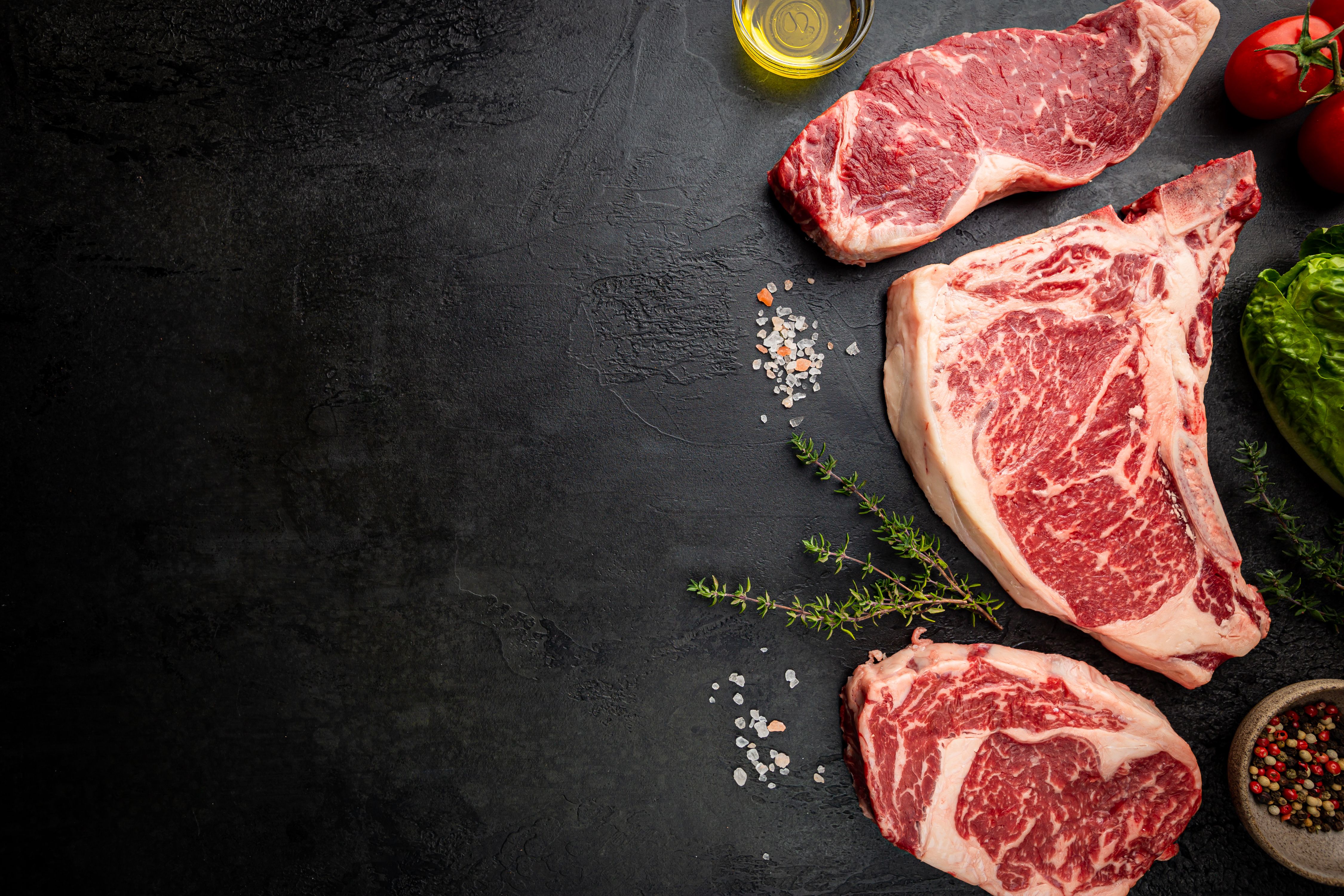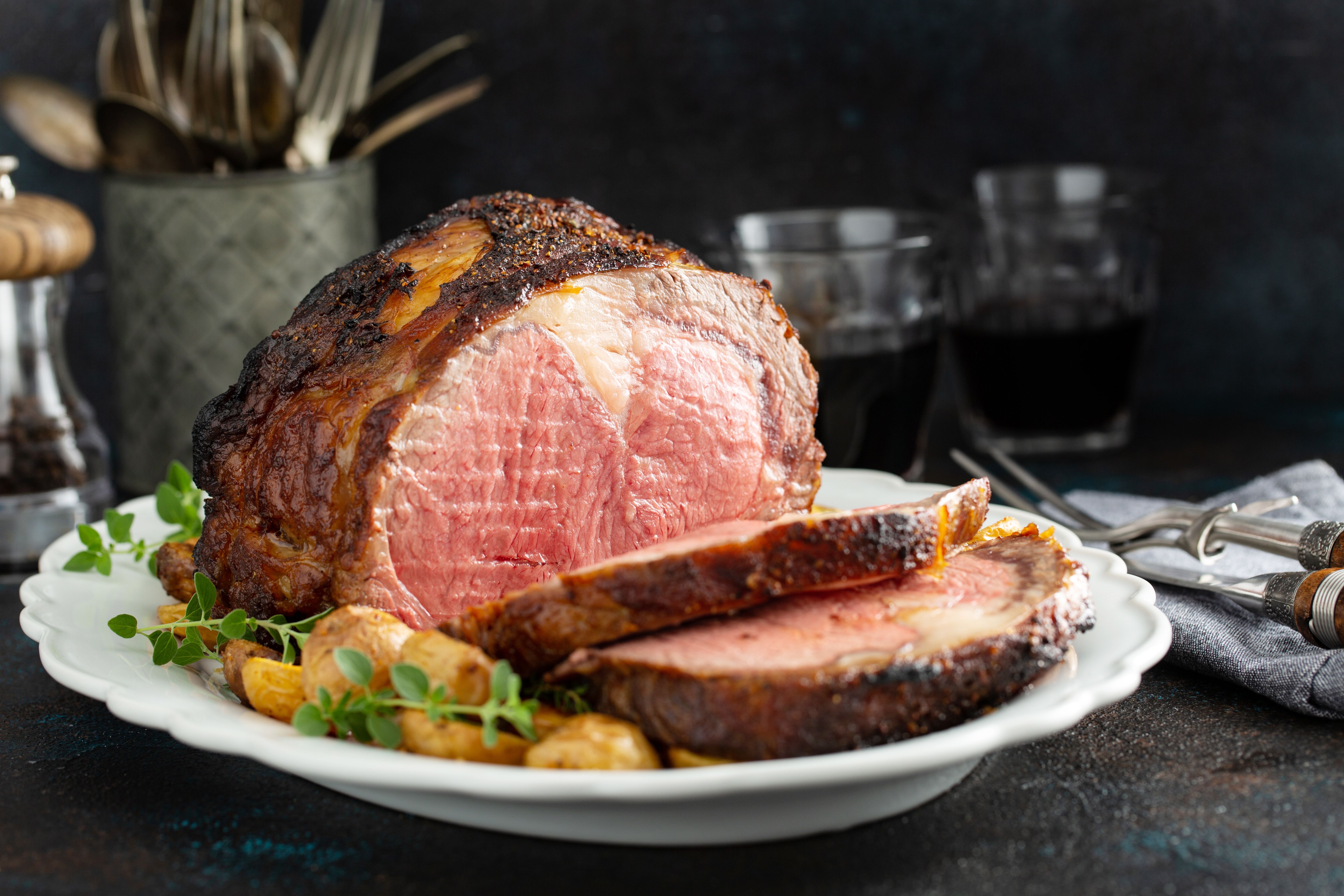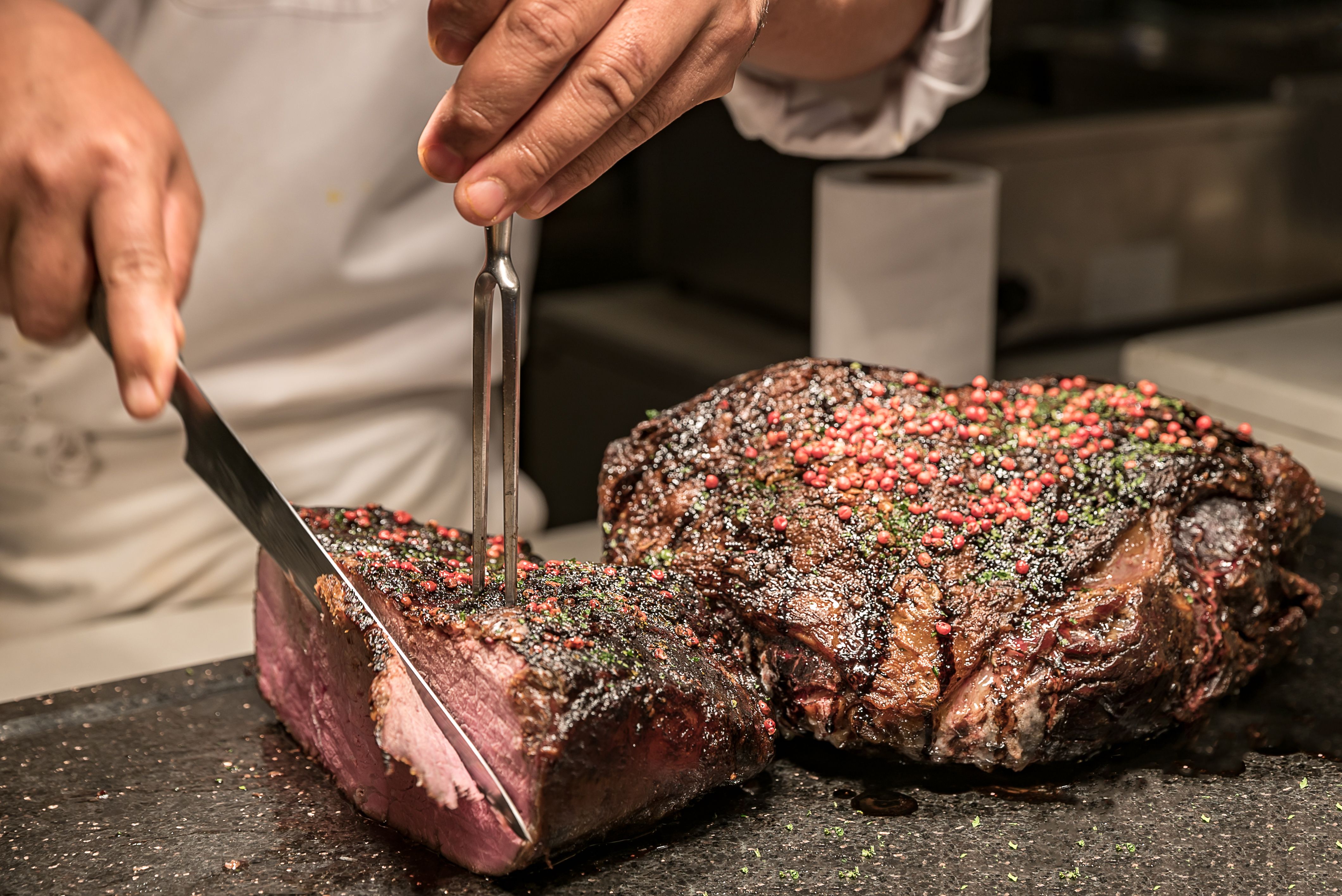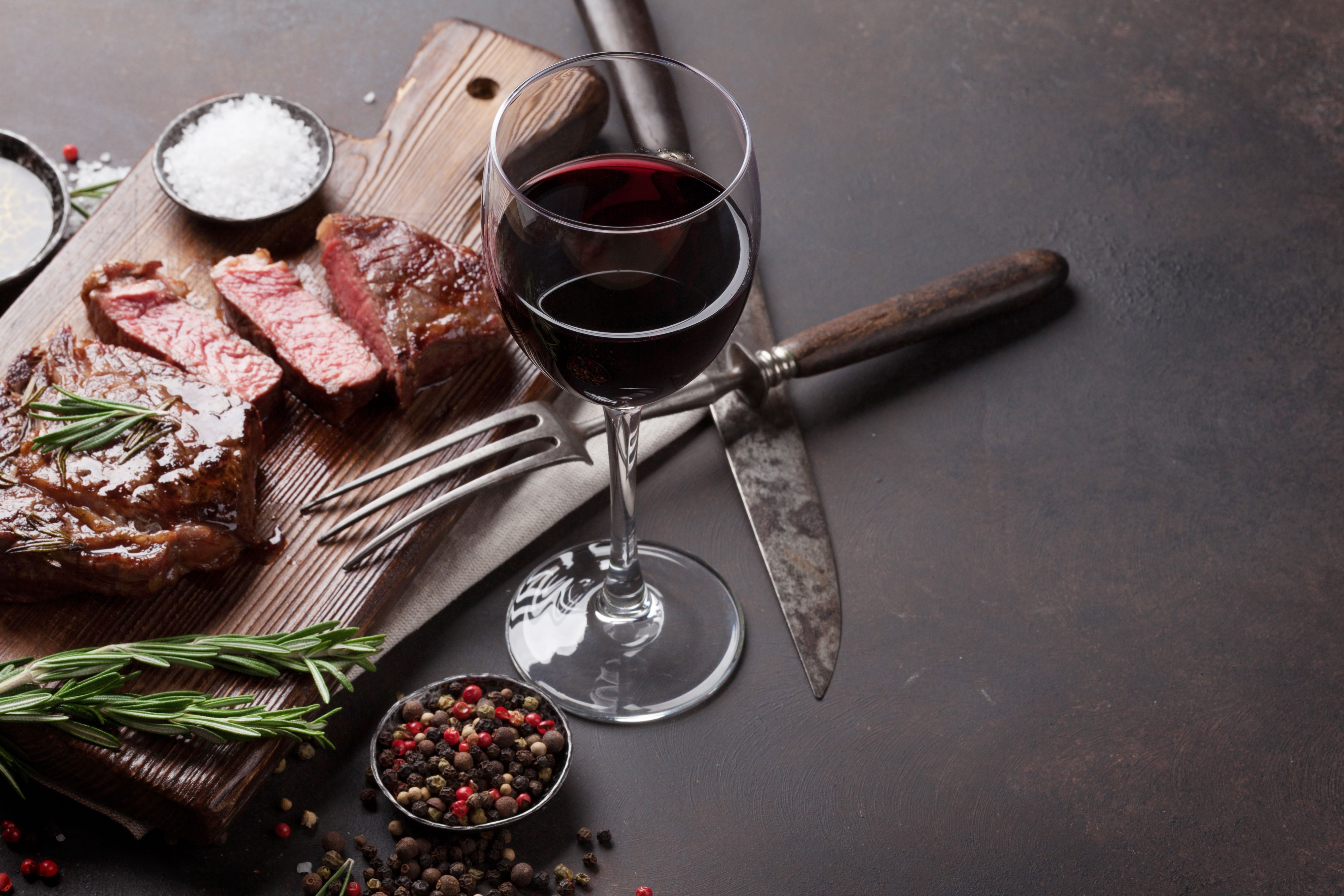The Perfect Roast Beef: Tips and Techniques
Choosing the Right Cut of Beef
To create the perfect roast beef, selecting the right cut is crucial. Popular choices include ribeye, sirloin, and tenderloin. Each cut has its own unique flavor and texture, so consider what you’re looking for. Ribeye offers a rich, marbled fat that melts into the meat as it cooks, providing a juicy and flavorful result. If you prefer a leaner option, sirloin might be your best bet.
Tenderloin, known for its tenderness, is ideal for those who prioritize texture over flavor intensity. Whichever cut you choose, ensure it’s of high quality for the best results. Visit your local butcher and ask for advice if you’re unsure.

Prepping Your Roast
Preparation is key to a successful roast beef. Start by bringing your meat to room temperature before cooking. This helps it cook evenly. Season your beef generously with salt and pepper, and don’t be afraid to add herbs like rosemary or thyme for additional flavor.
Consider marinating your beef overnight for extra depth of flavor. A simple marinade can include olive oil, garlic, and Worcestershire sauce. Remember to pat the beef dry before roasting to ensure a crispy crust.
Mastering the Roast
Roasting beef to perfection requires precise timing and temperature control. Preheat your oven to 450°F (232°C) and start by searing the beef in a hot pan to lock in moisture and flavor. After searing, transfer it to the oven and reduce the temperature to 350°F (177°C).
Use a meat thermometer to monitor the internal temperature. For medium-rare, aim for 135°F (57°C), or 145°F (63°C) for medium. Remember that the meat will continue cooking after you remove it from the oven, so take it out slightly before reaching your desired doneness.

Resting and Carving
Once out of the oven, let your roast rest for at least 15-20 minutes before carving. This allows the juices to redistribute throughout the meat, resulting in a juicier slice. Cover it loosely with aluminum foil during this time.
When it’s time to carve, use a sharp carving knife and slice against the grain to ensure tenderness. Serve with your favorite sides such as roasted vegetables or a creamy horseradish sauce for a classic accompaniment.

Troubleshooting Common Issues
Even seasoned cooks can encounter issues when roasting beef. If your roast turns out tough, it may have been overcooked or not rested properly. Ensure accurate timing and resting practices to avoid this.
If the exterior is burning while the inside remains undercooked, consider lowering the oven temperature and extending the cooking time. An oven thermometer can help ensure accurate temperature readings.
Experimenting with Flavors
Don’t be afraid to experiment with flavors and techniques to find what works best for you. Try adding different herbs and spices or even experimenting with a crust of mustard and horseradish for an extra kick.
Pairing your roast beef with a complementary wine can also enhance the dining experience. Full-bodied reds like Cabernet Sauvignon or Merlot are excellent choices.

Conclusion: Perfecting Your Roast Beef
Creating a perfect roast beef takes practice, but with these tips and techniques, you'll be well on your way to mastering this classic dish. Remember that each step—from selecting the cut to resting and carving—is vital to achieving delicious results.
Embrace experimentation in your kitchen, and soon enough, you'll find your signature roast beef recipe that friends and family will rave about. Enjoy the journey of culinary discovery!
Commercial Kitchen http://avice.org
